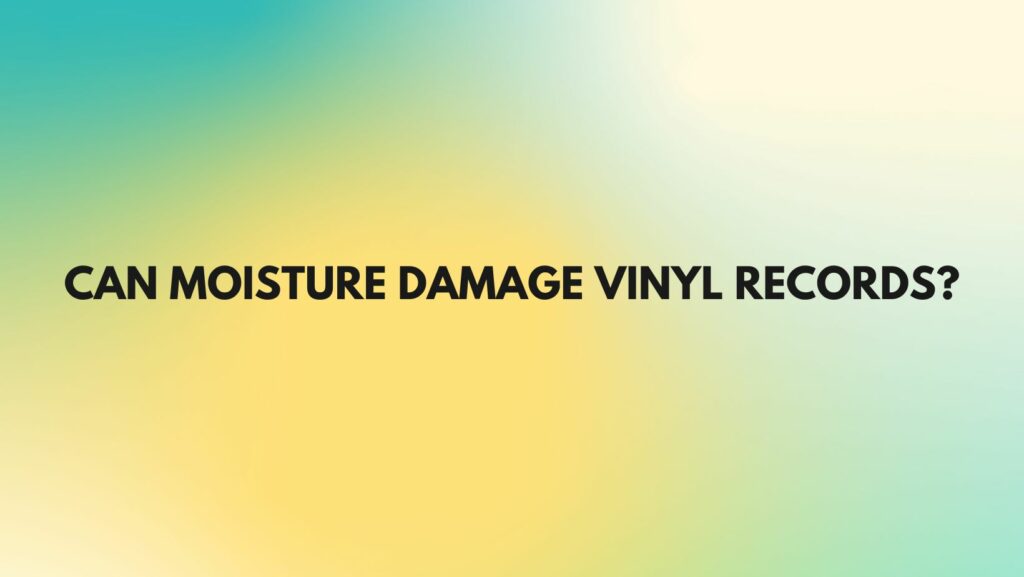Vinyl records have long captivated music lovers with their warm tones and tactile appeal. Yet, despite their enduring popularity, vinyl records are not impervious to environmental threats, particularly moisture. In this article, we explore the potential consequences of moisture damage on vinyl records and delve into effective preservation techniques to protect these cherished artifacts.
The Vulnerability of Vinyl: Vinyl records, composed primarily of polyvinyl chloride (PVC), possess a unique blend of resilience and fragility. While vinyl’s sturdy composition lends it durability and longevity, its porous nature renders it susceptible to the influence of moisture. Whether in the form of humidity or direct exposure to water, moisture can infiltrate the grooves of a vinyl record, setting off a cascade of detrimental effects.
Understanding the Risks: Moisture poses several risks to vinyl records, each with the potential to compromise their structural integrity and sonic quality. High humidity levels can accelerate chemical reactions within the vinyl, leading to warping, mold growth, and surface degradation. Warping occurs when the vinyl expands unevenly in response to moisture, resulting in curvature that can impair playback quality. Mold growth, fueled by damp conditions, can mar the surface of the record and compromise its aesthetic and sonic fidelity. Surface degradation, manifested as cloudiness or discoloration, detracts from the record’s visual appeal and diminishes its collectible value.
Preservation Techniques: Preserving vinyl records requires a proactive approach to mitigate the risks associated with moisture exposure. Storing records in a controlled environment with stable humidity levels is essential to prevent moisture-related issues. Aim to maintain humidity levels between 40-60% to minimize the risk of warping and mold growth. Investing in climate-controlled storage solutions and utilizing desiccants can help regulate humidity levels and safeguard records from environmental fluctuations.
Additionally, proper handling and maintenance practices are crucial in minimizing moisture exposure. Store records upright in protective sleeves, avoiding tight stacking to allow for adequate air circulation. Regularly inspect records for signs of warping, mold, or surface degradation, addressing any issues promptly to prevent further damage.
Conclusion: Moisture represents a significant threat to the preservation of vinyl records, underscoring the delicate balance between enjoyment and conservation. As stewards of vinyl’s legacy, it is incumbent upon us to recognize and mitigate the impact of environmental factors on these beloved artifacts. Through education, vigilance, and proactive preservation efforts, we can ensure that vinyl records continue to resonate with the timeless melodies of music’s past, present, and future. In the dance between moisture and vinyl, let us champion the enduring legacy of analog sound, preserving its magic for generations to come.

